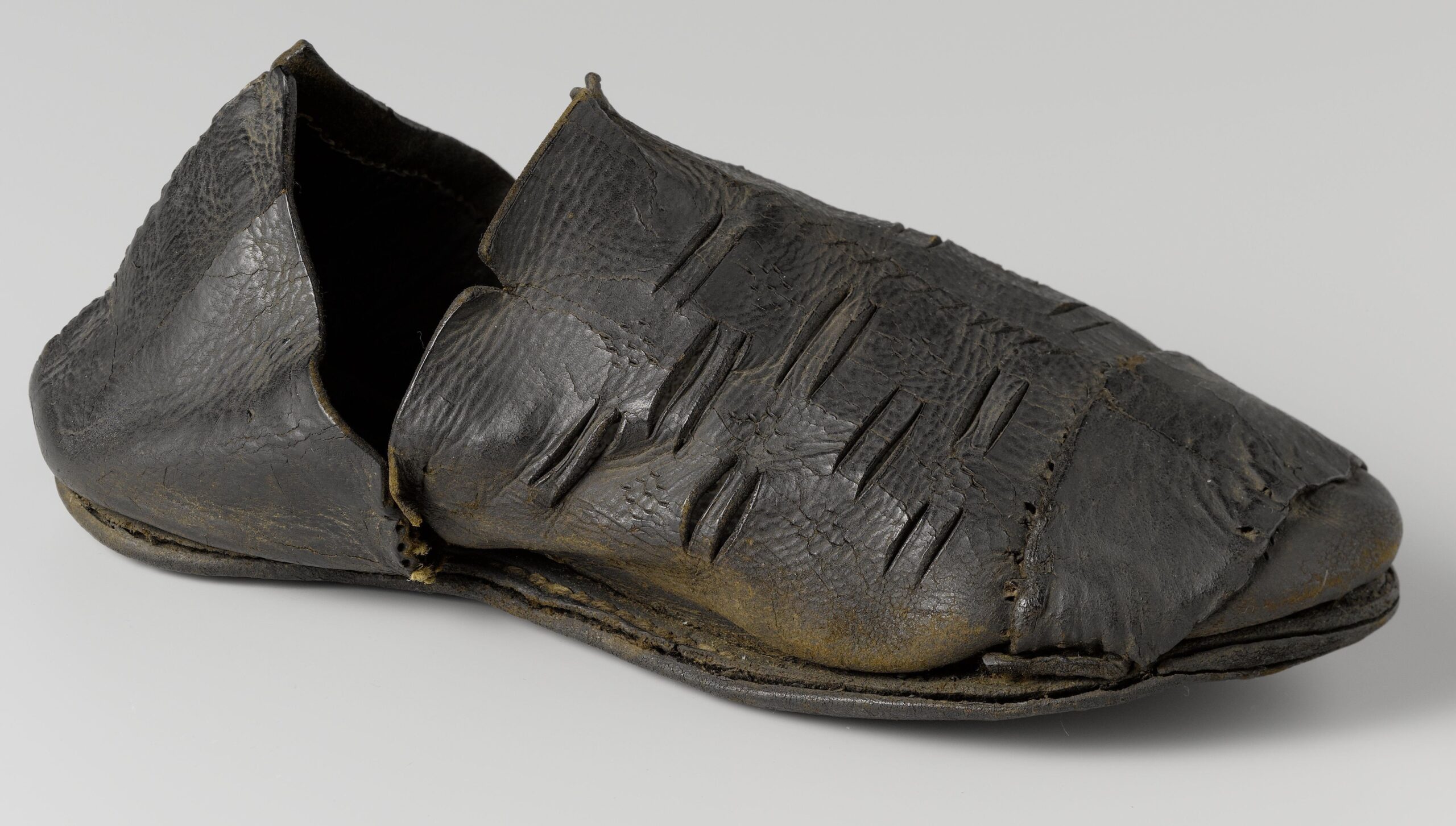Classic men’s shoes are related to their historical origins in many aspects, and it is also very interesting to learn about their history.

If Goodyear shoes and Blake shoes, collectively known as welted shoes, have any very practical value, that is, they can replace the outsole as far as possible without changing the structure of the shoes.
Although, most people I know who buy Goodyear shoes have never changed their soles. This feature is only the imaginary attraction of goods.
This method of making shoes was not invented by a genius, but gradually formed.
In the Middle Ages, about 500 to 1500 AD, shoes were all Turnshoes.
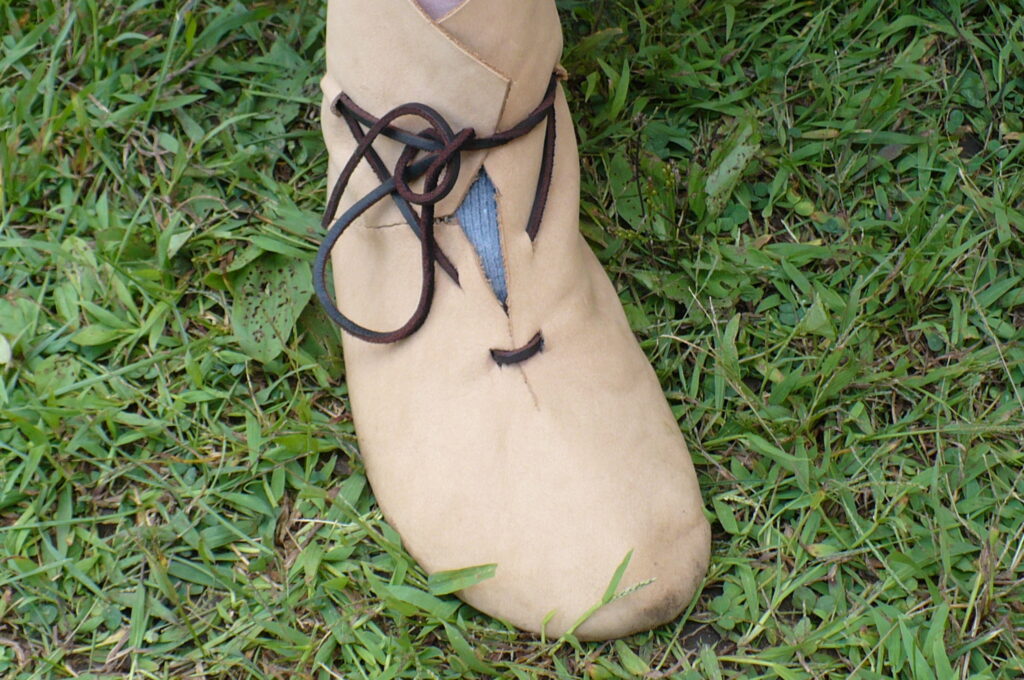
The name is because the manufacturing process is to sew the leather sole directly on the upper, soak it all, then turn it inside out and dry it.
Because the stitches are inside the shoe, it will not wear when it touches the ground.
The disadvantage of this structure is that the sole is not strong enough, because there is a process of turning it out. If it is too hard, it can’t be done.
Although the soles are worn out, you can remove them and sew new soles on, but the shape of the shoes is completely gone.
And this design has no midsole and no heel, so it is very uncomfortable.
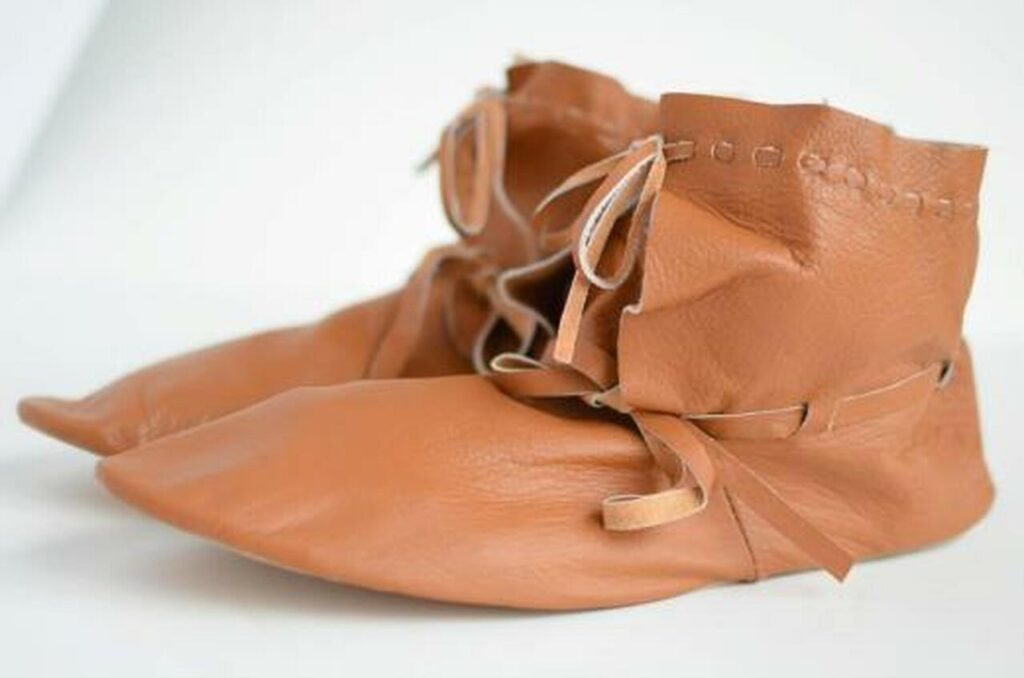
Around the 16th century, people found that if an outsole was added, the shoes would last longer, so they sewed an extra sole on the outside of the shoes. The method of making shoes is still turning over, but an outsole process is added.
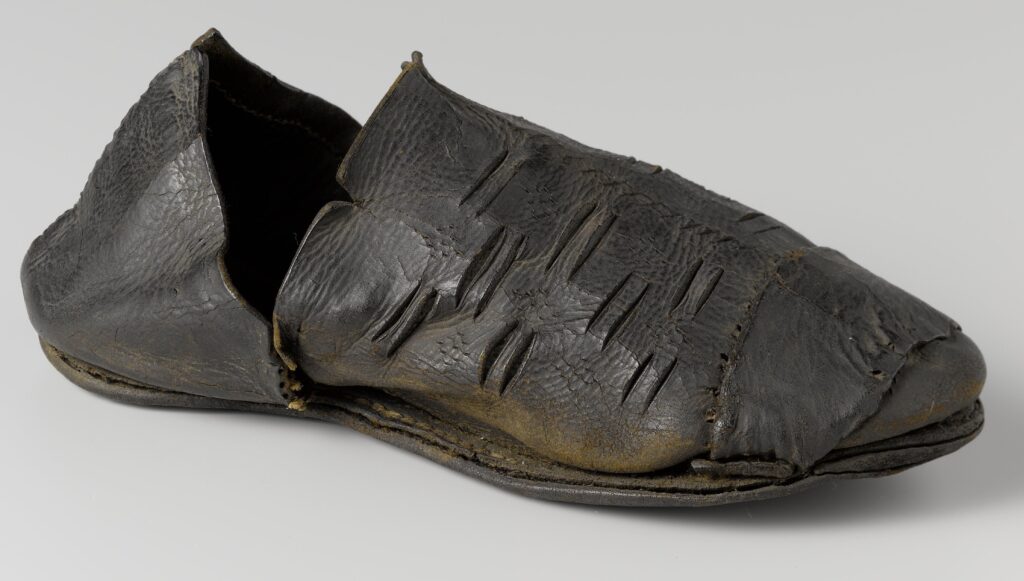
In the same century, someone slapped his head. At first, we flipped it so that the stitches would not be exposed to the ground. Now there is an outsole. Why should we flip it? Thus, the handwelting construction was born.
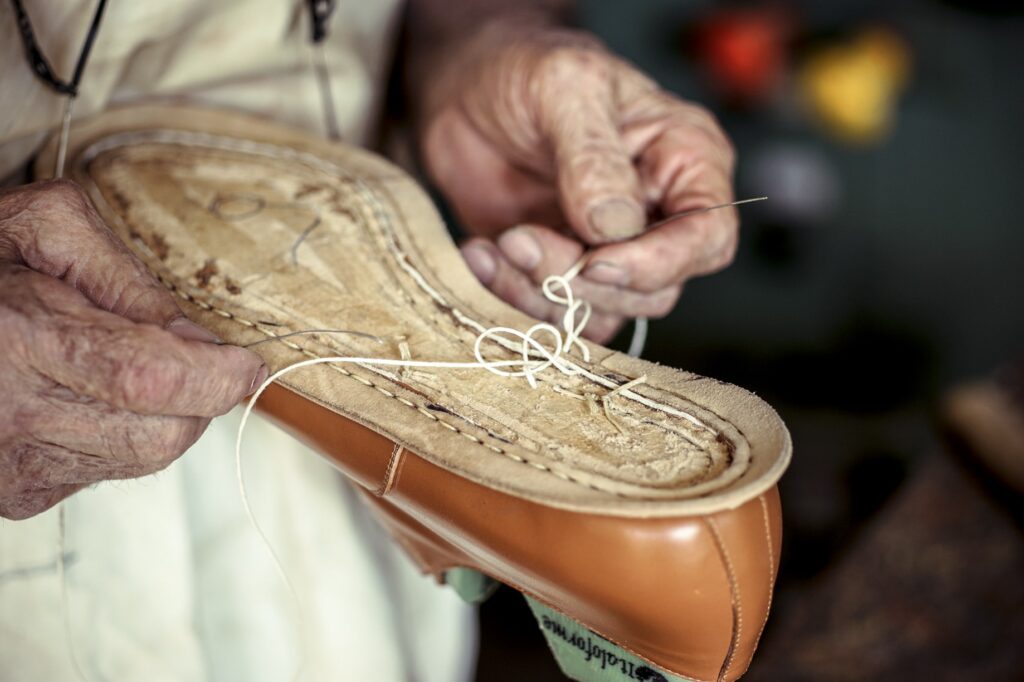
Today’s handwelting is exactly the same as that of more than 500 years ago.
The improvement of Goodyear construction is that the welt is not sewn on the midsole, but sewn on the canvas stuck on the midsole.
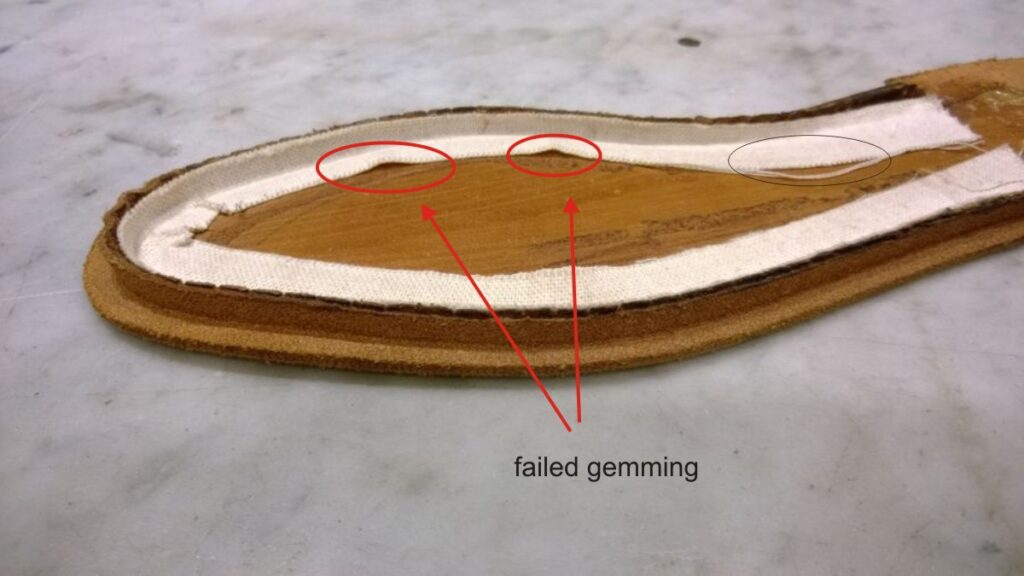
With the passage of time, people began to add lining to the upper, so that the upper was more upright.
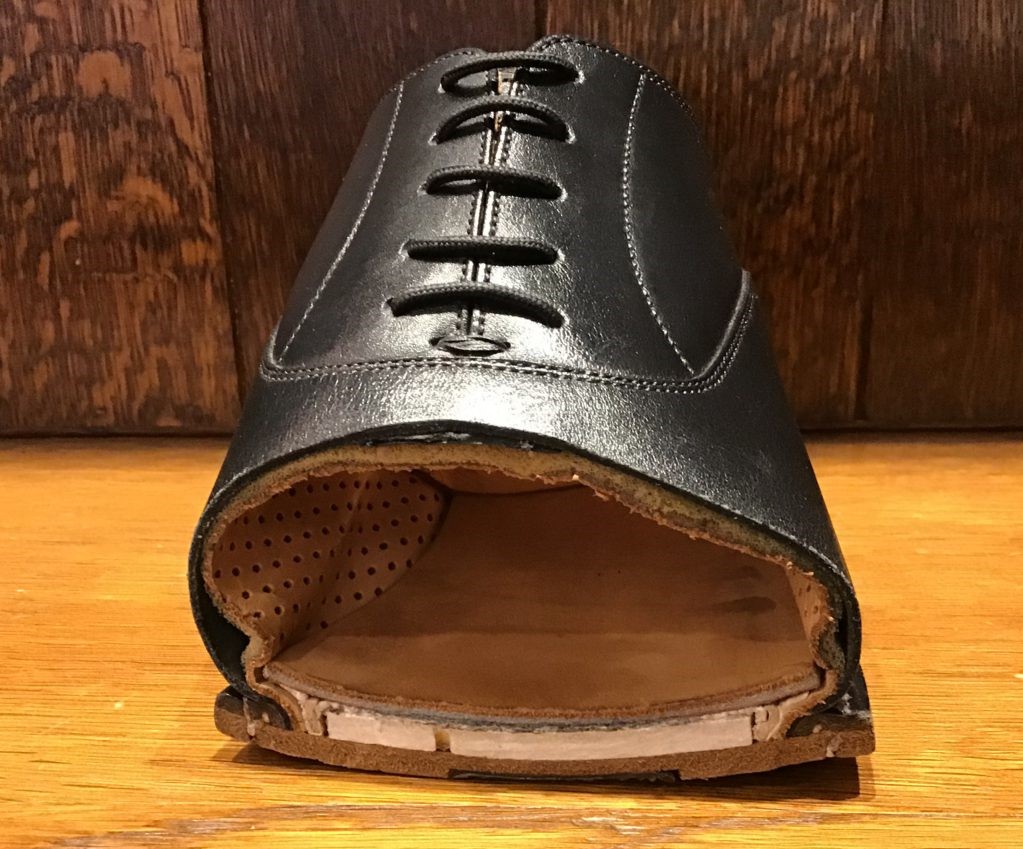
Then, if cork is planted between the midsole and the outsole to increase the comfort of the forefoot.
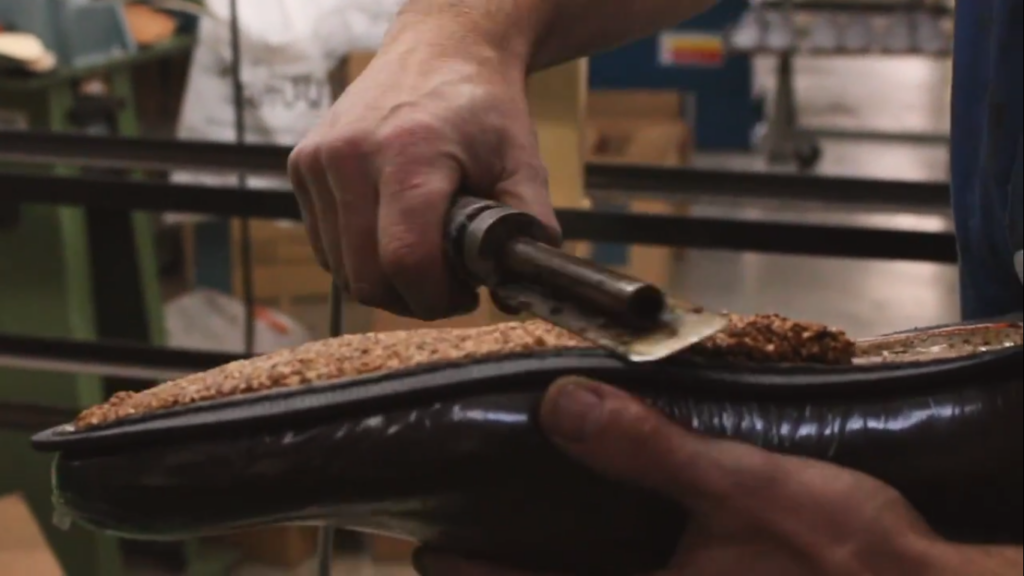
Then, insert a piece of wood or hard leather at the waist between the insole and the outsole to form a more stable sole.

In this way, all the characteristics of welted shoes that we know today have all appeared.
Next, will welted shoes gradually die out, or will new features gradually solidify into and pass on?

